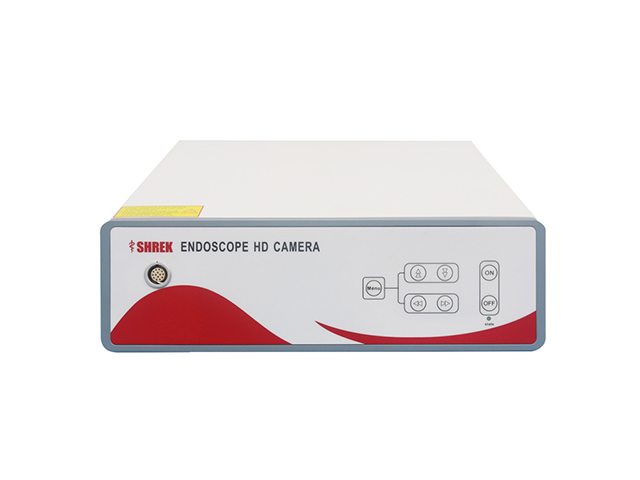SHREK NEWS
Application of laparoscopy in diagnosis of pet diseases
Laparoscopy is a minimally invasive surgical technique that uses a laparoscope, a thin, flexible tube with a camera and light at the end, to view and diagnose diseases in the abdomen and pelvis. Laparoscopy is commonly used in veterinary medicine to diagnose a variety of conditions in pets. Here are some examples of how laparoscopy can be used in the diagnosis of pet diseases:
Biopsy of organs: Laparoscopy can be used to obtain a biopsy of the liver, pancreas, or other abdominal organs. This can provide a more accurate diagnosis of certain diseases, such as liver or pancreatic cancer.
Diagnosis of abdominal masses: Laparoscopy can be used to diagnose the presence and location of abdominal masses, such as tumors or cysts. This can help determine the best course of treatment and the prognosis for the pet.
Exploration of the abdominal cavity: Laparoscopy can be used to explore the abdominal cavity and diagnose a variety of conditions, such as gastrointestinal diseases, urinary tract diseases, and reproductive diseases.
Diagnosis of abdominal pain: Laparoscopy can be used to diagnose the cause of abdominal pain in pets. This can be especially useful when other diagnostic methods, such as X-rays or ultrasounds, have failed to provide a clear diagnosis.
Diagnosis of infertility: Laparoscopy can be used to diagnose infertility in pets. This can involve visualizing the reproductive organs, such as the uterus and ovaries, to diagnose conditions such as ovarian cysts, uterine tumors, or other reproductive abnormalities.
In summary, laparoscopy is a valuable diagnostic tool in veterinary medicine that can be used to diagnose a variety of diseases in pets. Laparoscopy can be used to obtain biopsies of organs, diagnose abdominal masses, explore the abdominal cavity, diagnose abdominal pain, and diagnose infertility. Laparoscopy is minimally invasive, which means it can reduce post-operative pain and speed up recovery time for pets.




